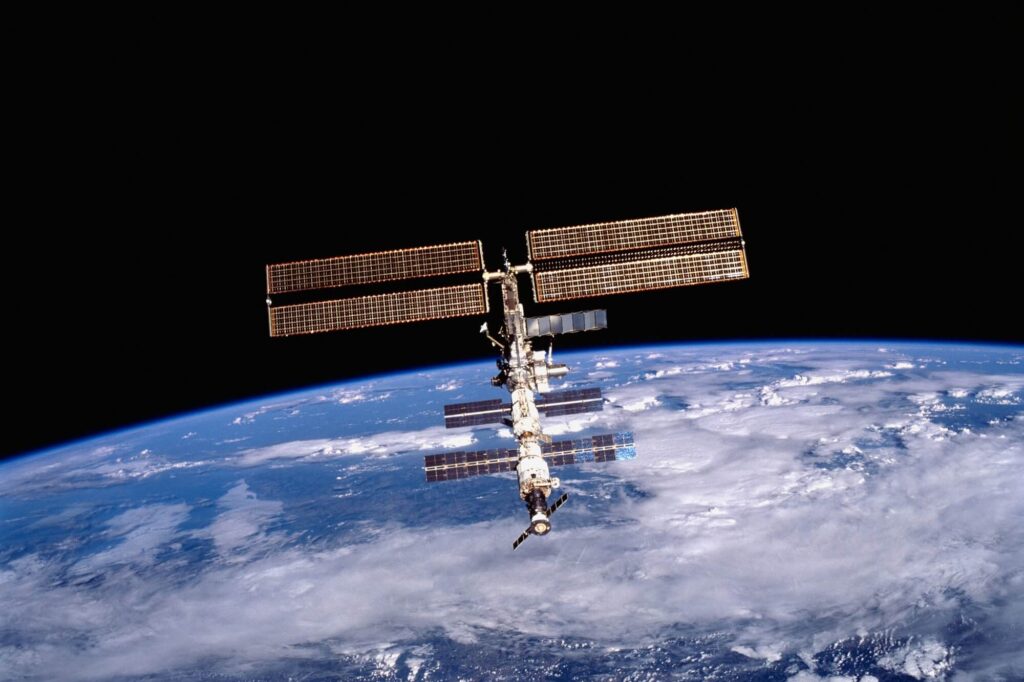The first-ever 3D printer designed for use in space will soon arrive at the International Space Station (ISS), where it will be tested aboard the Columbus module.
The 3D metal printer was developed and designed by Airbus for the European Space Agency (ESA), with the hope that the washing machine-sized device will support future missions to Mars and the Moon.
There are currently several plastic 3D printers on board the ISS, which are often used by astronauts. However, the tools to make metal objects in this way were not previously available.
Astronauts stationed on the ISS often have to wait months for metal substitutes to arrive from Earth, so there is hope that the metal 3D printer could be a game changer.
Gwenaëlle Aridon, senior engineer at Airbus Space Assembly, said: “The metal 3D printer will open up new manufacturing possibilities in orbit, including the ability to produce load-bearing structural parts that are more resilient than a plastic equivalent.” Astronauts will be able to use tools such as wrenches or assembly interfaces that could connect multiple parts together. The flexibility and rapid availability of 3D printing will significantly improve astronauts’ autonomy.”
Printing metal in space presents a number of unique problems and Airbus will collect data on the new machine’s performance.
An average 3D printer typically requires at least 10 m² of laboratory space, so Airbus engineers had to reduce the size significantly.
 NASA
NASA
Another consideration was to ensure that the space station was protected from the laser and the heat generated by the metal 3D printer.
Even though the printer is in a secure box, the melting point of metal alloys compatible with this process can be well over 1,200°C, compared to around 200°C for plastic.
“Gravity management is also crucial, which is why we chose wire-based printing technology. “The wire is independent of gravity, unlike the powder-based system, which always has to fall to the ground,” said Sébastien Girault, systems engineer for metal 3D printers at Airbus.
Regardless of whether they are made of plastic or metal, they emit fumes that must be passed through filters and captured inside the machine so that they do not contaminate the air in the ISS.
An exact replica of the 3D printer on Earth will reflect some of the work of the space-based machine.
Four sample parts made with the 3D printer on the ISS will be sent back to Airbus for comparison with those on the ground-based machine.
The metal 3D printer was developed by a consortium consisting of Airbus Defense and Space, AddUp, Cranfield University and Highftech Engineering as part of a program implemented and funded by the European Space Agency (ESA).
The metal 3D printer launched to the ISS on January 20, 2024 aboard the SpaceX Falcon 9 rocket.

